The color of the walls
If you have already made a renovation and are the last thing to do with textiles, rely on the color of the surrounding space - in particular, the walls. Use the 60-30-10 color scheme, where 60% will be the main shade, 30% will be the secondary shade, and 10% will be the accent shade.
Curtains should not be in tune with the wallsunless your goal is to create an "enveloping" interior. A winning solution is to purchase a fabric one or two darker / lighter wall coverings.
In harmony with the finish
If the previous advice seems boring to you, focus on the texture of the facing material. In a room with terracotta brickwork it is difficult to make a mistake with the color of the curtains: plain emerald, burgundy and beige products are suitable. Also, against a brick background, all basic colors look great - white, gray, black.
Snow-white organza perfectly softens the brutality of stone, brick and wood finishes.
For textiles
Combine curtains with sofa cushions - you can sew them from the same fabric as the curtains, diluting them with decorative pillowcases of a different shade and texture.
Curtains can be in harmony with blanket, but full matching of shade and print should be avoided: let motifs or patterns overlap, creating the illusion of identity. Otherwise, the room runs the risk of acquiring a "stamped" look.
Put a blanket on the bed or sofa that repeats one or more shades in the ornament - against the background of walls and furniture in a neutral palette, this is the most economical and effective option, because the blanket and curtains can be changed more often than the color of the walls.
Focusing on the amount of light
When decorating a room, pay attention to how long the sun stays in it:
- If your goal is to make the dark dark room lighter, use white. They look great in scandinavian style.
- If you want to add warmth to the decor, add beige, yellow or orange curtains.
- Too much sun? Cool the interior with light blue, blue or mint curtains.
- If you do not get enough sleep due to the morning rays beating in the windows, or the glow of a lantern at night, then your option is dark blackout curtains that block bright light.
Under beige wallpaper
The most popular wall color is standard beige - this is an excellent background for all natural shades: muted green, gray, milky. Opt for beige and brown if you don't want to go wrong when creating a calm, homely interior.
If your room has a piece of furniture that contrasts with the walls (carpet, lamp, armchair), hang curtains to match it. This strategy works if the walls do not have a pronounced pattern.
For decorative details
In a room with photomurals focus on their secondary color, not the main one. That is, if a large-scale drawing is made in gray tones, but has elements of pink color, choose pink curtains a couple of shades darker or lighter.
If the room is decorated with a picture, painted plates, or an unusual lamp, let the curtains support this detail. This way you can combine items into a single composition.
Combining with furniture
This is one of the classic combinations, but some rules should still be followed:
- If there is a lot of upholstered furniture, choose a discreet ornament. upholstery and the shade of the curtains, so as not to overload the situation.
- Combine curtains with a couple of pieces, not all of the soft furnishings.
- Let the colors echo with wooden structures - a wardrobe, a wall, a chest of drawers. This will muffle the palette if there are bright accents in the setting.
Under the rug
Another traditional combination is curtains plus carpet. Full repetition of two tones or individual print elements is allowed. The second option is preferable if the curtains are plain, and the carpet is replete with a variety of patterns.
By combining large elements with each other, you create a harmonious and thoughtful space. If there is a contrasting large ornament both on the carpet and in the design of the window opening, it is better to replace one of the objects in order to avoid visual noise.
Depends on the mood
Arrange a room in whites or light gray tones to change the image of the room at will. In this case, all elements of the furnishings should have a neutral color, and the curtains should contrast with them with their saturation.
A bright accent enlivens the atmosphere: the reception is appropriate in the nursery, living room and in the kitchen. It is better to use in the bedroom pastel shades.
The "enveloping" strategy
Professionals call such interiors "boxes" - most of the elements in them are designed in one color. The solid color rooms are very cozy, so the reception is perfect for decorating the bedroom.
If you want originality, decorate the interior in a dark or rich color, choosing curtains in the color of the walls, bedspreads and carpets. A more discreet option is a room in beige or gray tones.
With the help of curtains and their successful combination with the environment, you can achieve truly spectacular results: to make the interior lighter or darker, bright or calm, as well as stylish and thoughtful.

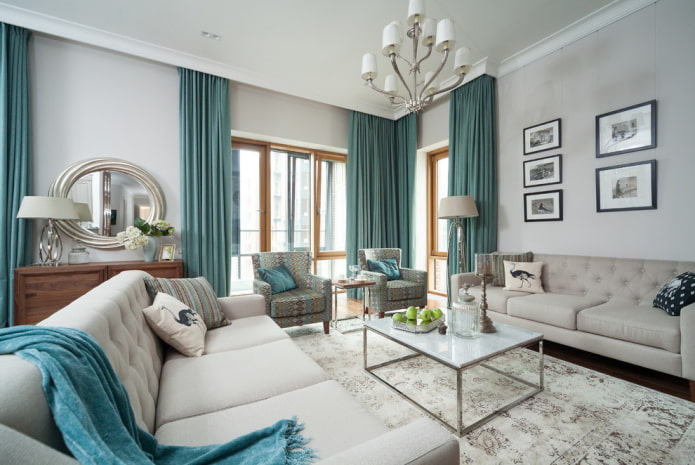
 10 practical tips for arranging a small kitchen in the country
10 practical tips for arranging a small kitchen in the country
 12 simple ideas for a small garden that will make it visually spacious
12 simple ideas for a small garden that will make it visually spacious
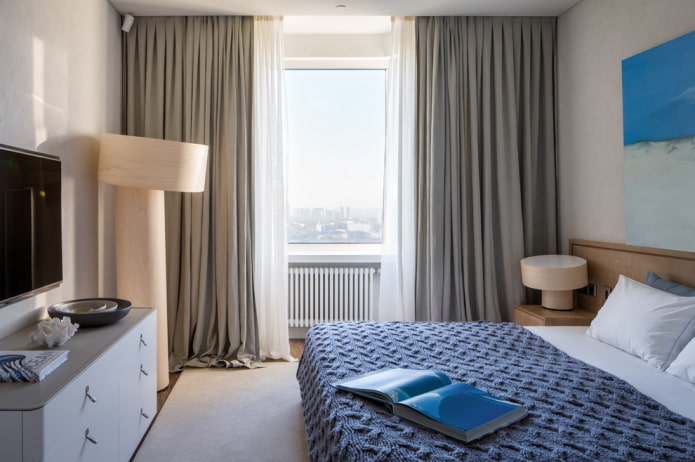
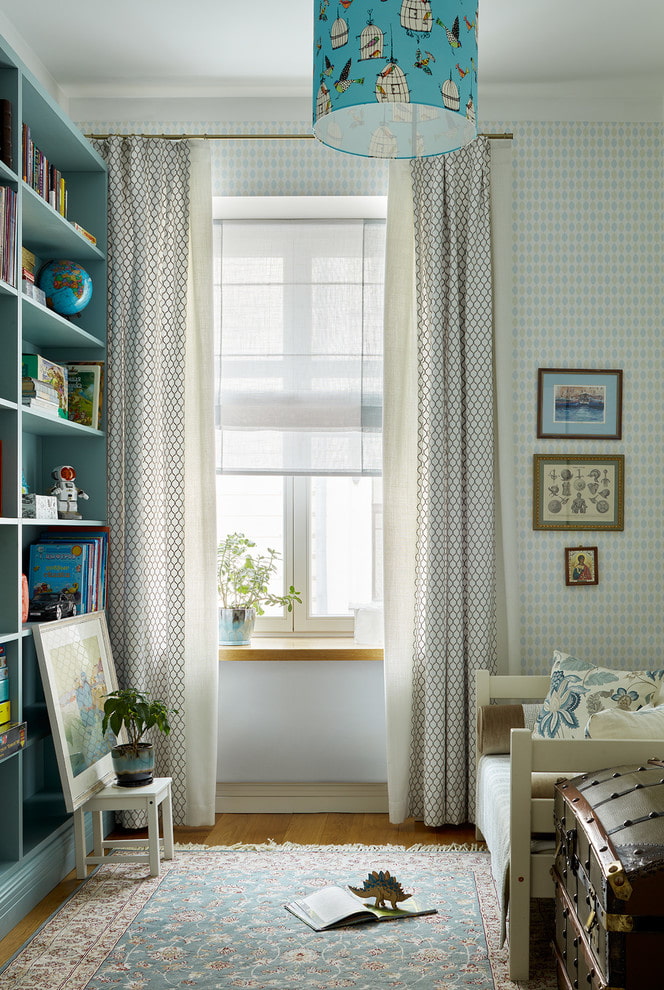
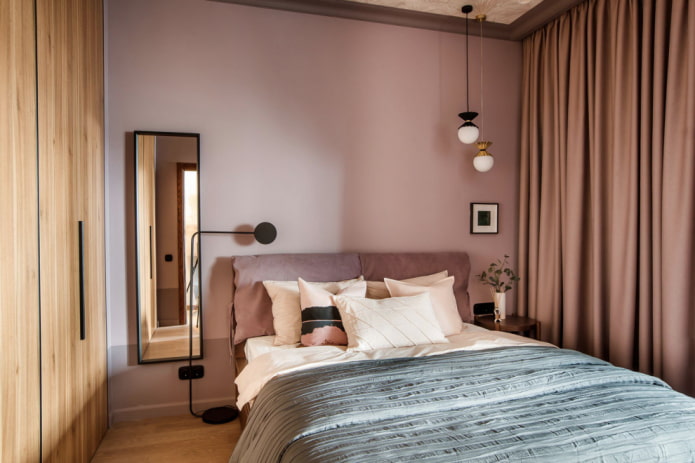

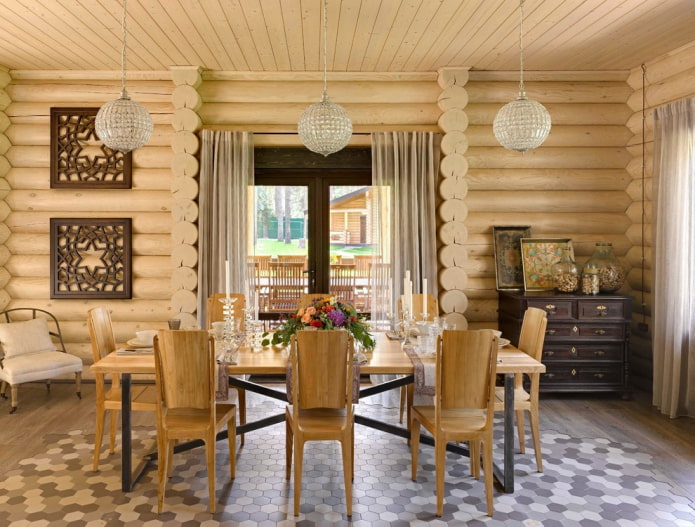
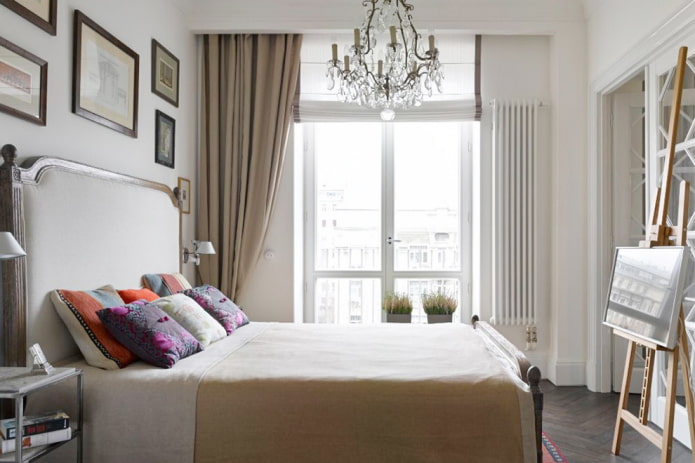
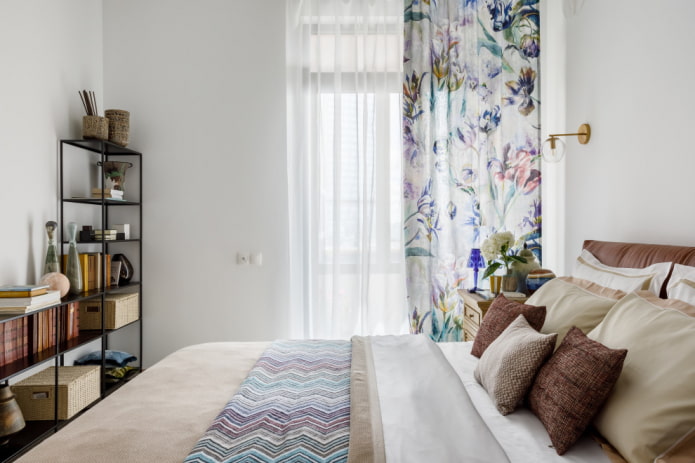
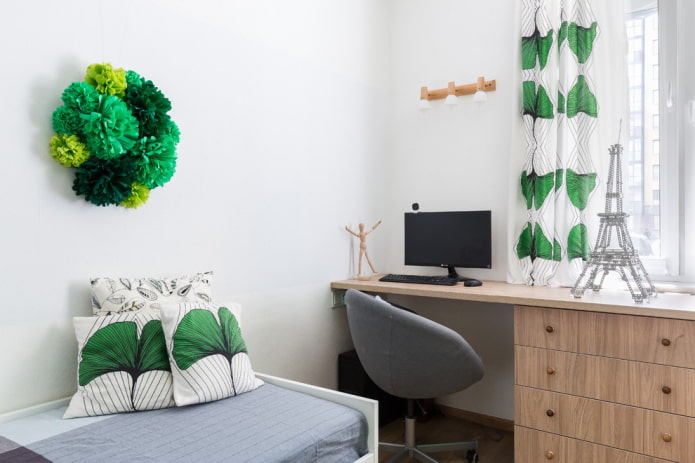
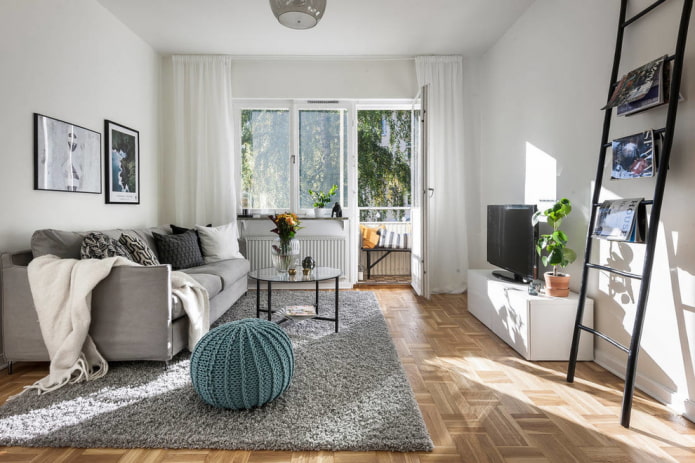
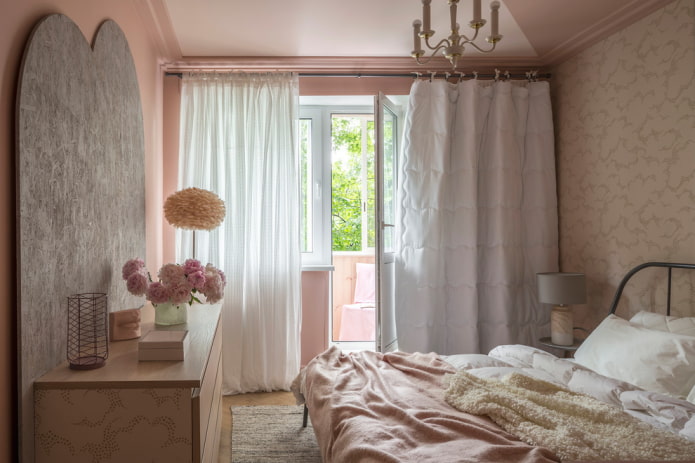
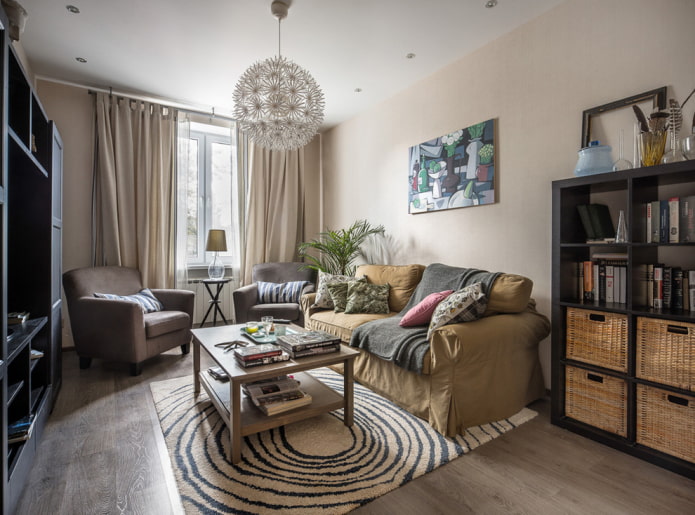
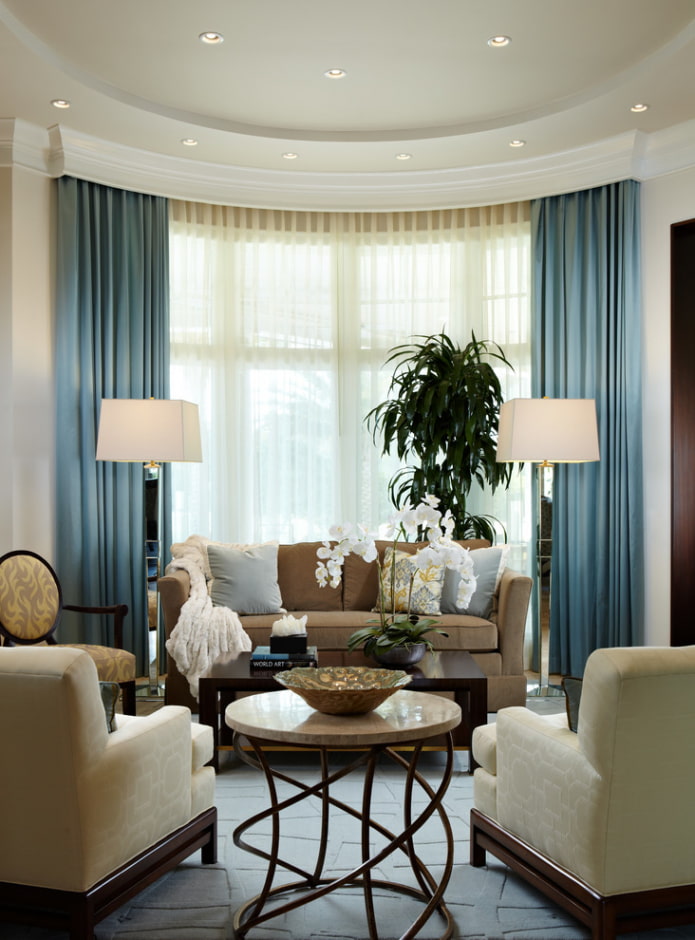
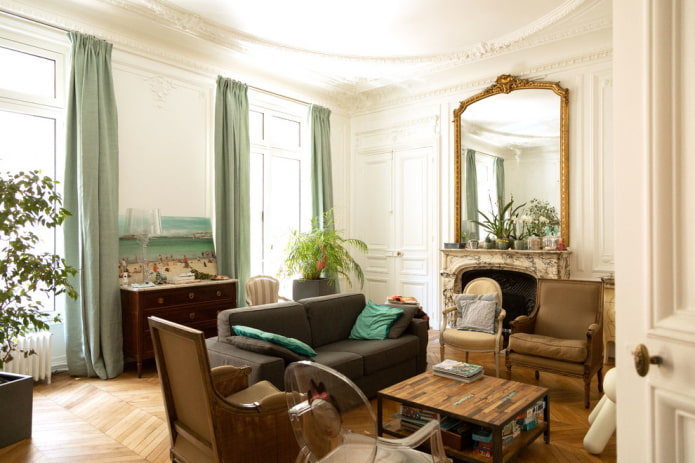
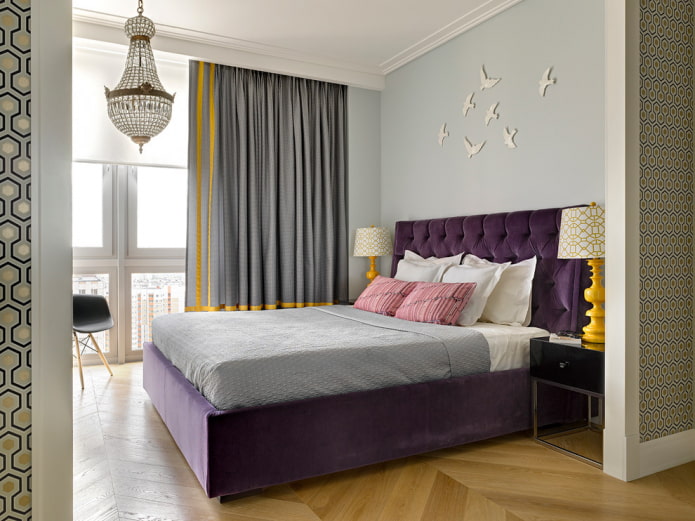
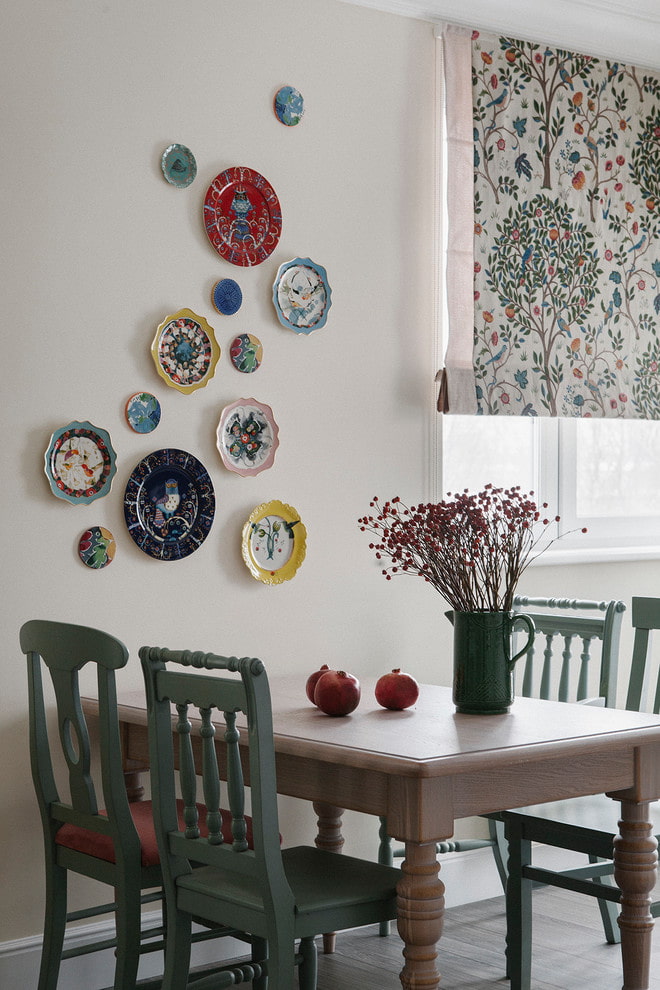
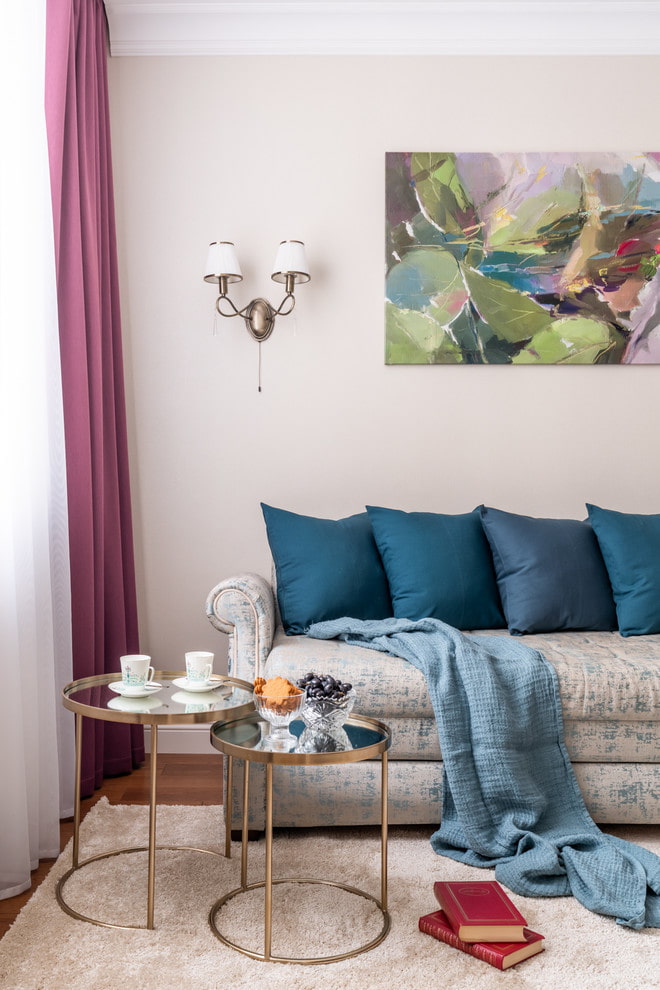
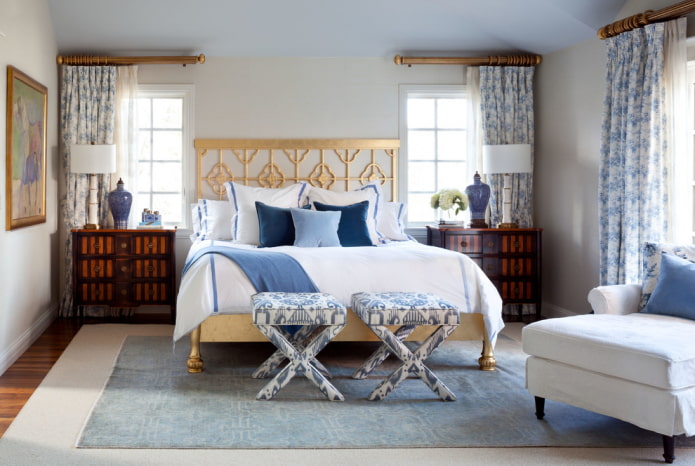
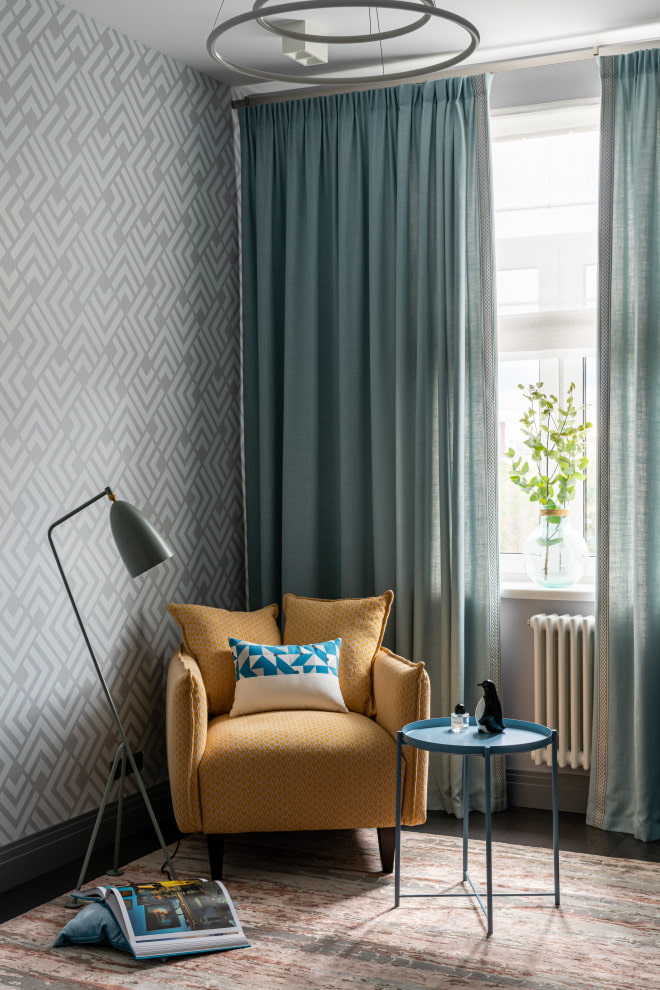
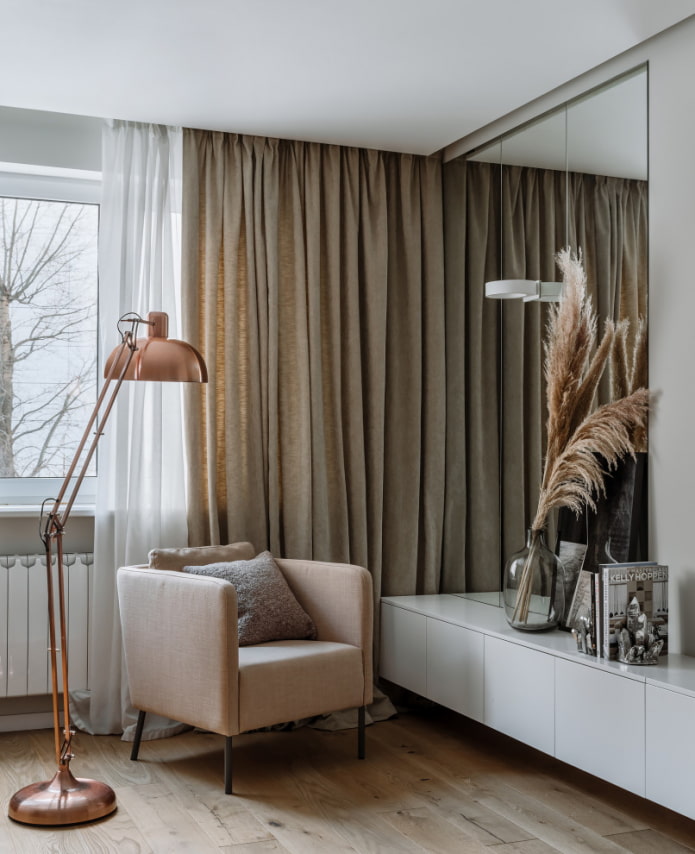
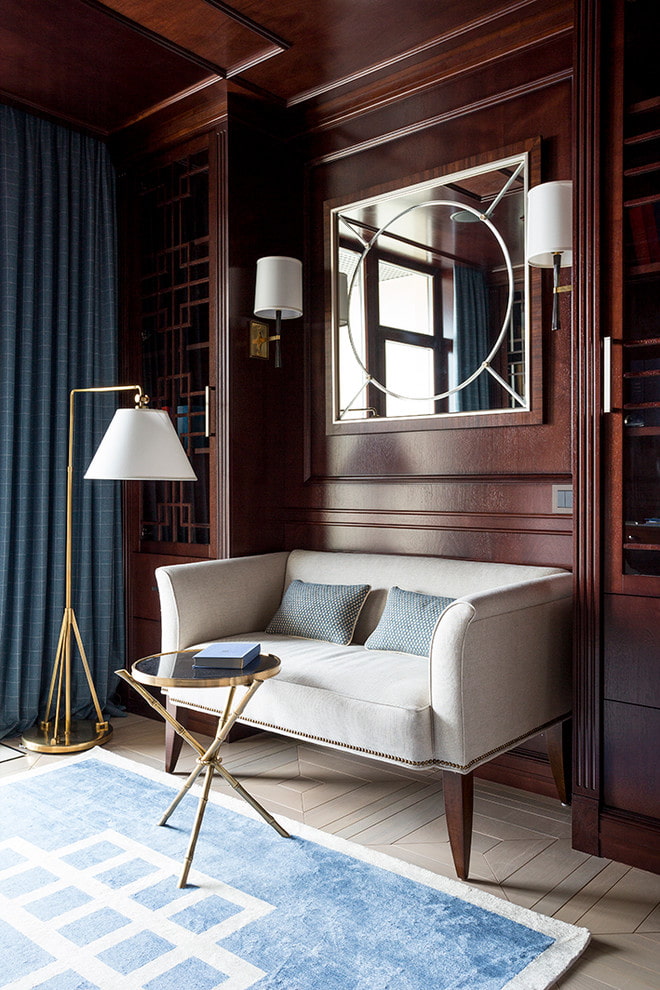
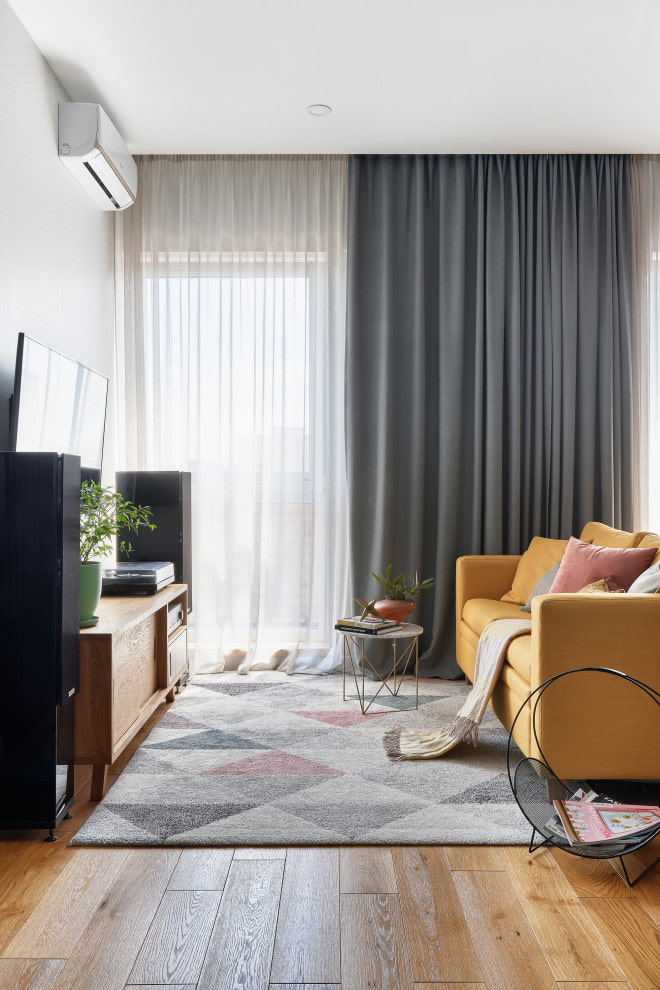
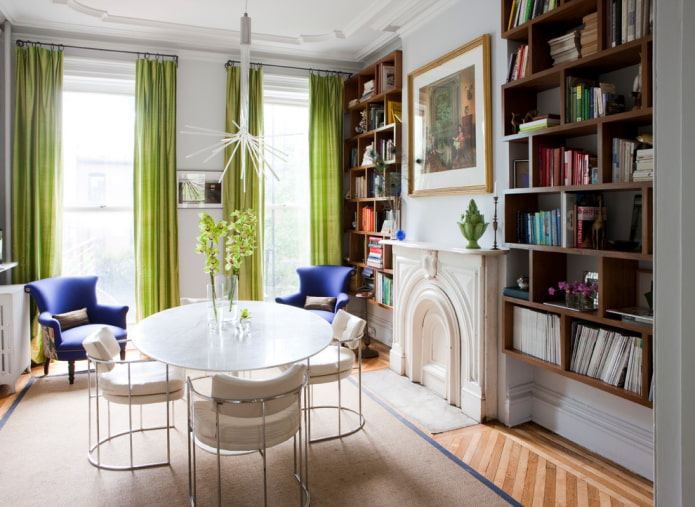
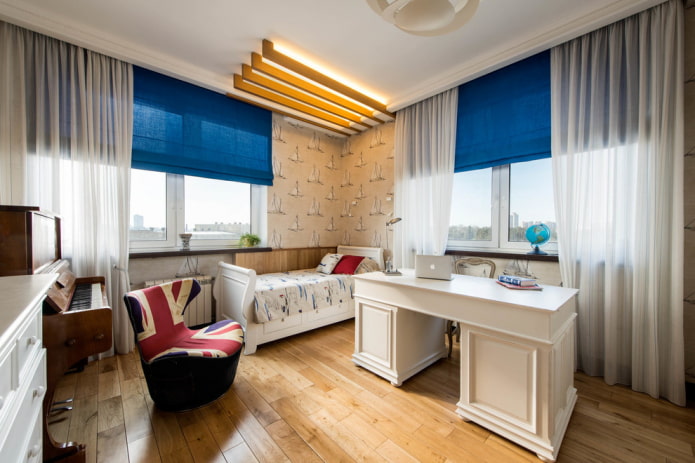
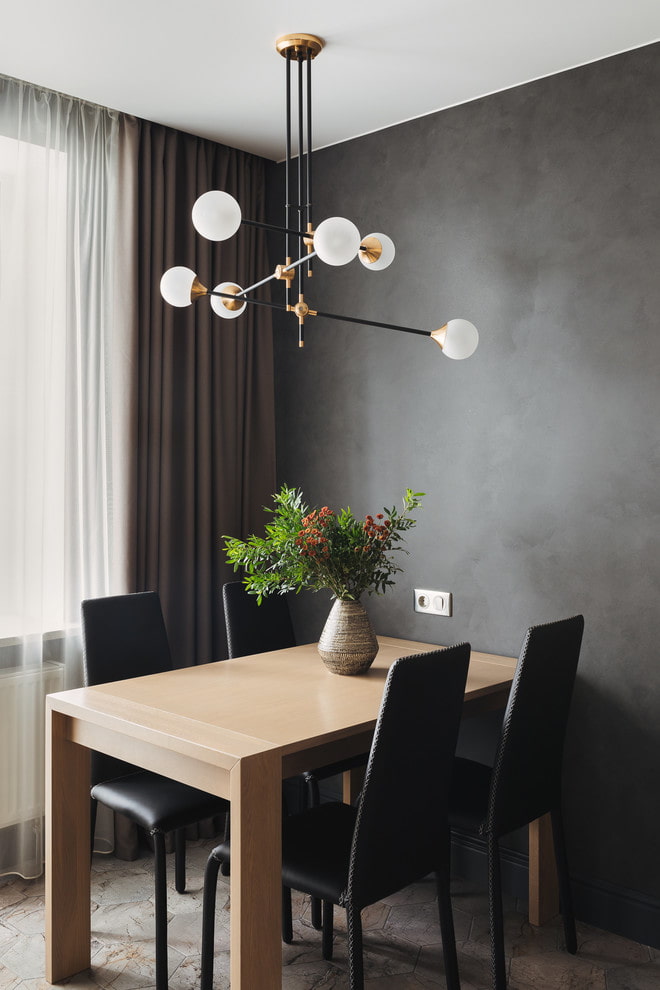

 13 bad habits a good housewife shouldn't have
13 bad habits a good housewife shouldn't have 24/7 home cleanliness - 4 secrets for the perfect housewife
24/7 home cleanliness - 4 secrets for the perfect housewife 6 hotels in Sochi that will give odds to the promoted foreign hotels
6 hotels in Sochi that will give odds to the promoted foreign hotels Top 10 interior design trends 2020
Top 10 interior design trends 2020 Rating of cheap TVs with Smart-TV
Rating of cheap TVs with Smart-TV New Year's LED garlands on AliExpress - we disassemble while it's hot, so that it's bright at home
New Year's LED garlands on AliExpress - we disassemble while it's hot, so that it's bright at home